A French researcher hopes Courier readers can help him trace the families of two RAF heroes from Dundee and Fife who perished during the Second World War.
Thirteen years ago, Bernard Feutry began researching more than 100 Allied airmen killed in crashes in northern France, ahead of a memorial to honour their sacrifice in 2025.
While he’s tracked down a number of families across the UK, he needs help to trace any descendants of a Broughty Ferry pilot officer killed in 1944, and a Lochore airman killed in 1942.
Who was the Broughty Ferry airman killed during the Second World War?
Pilot Officer David Reid Tait, son of David and Mary of Castle Terrace, Broughty Ferry, was killed in action on April 25 1944, aged 23.
He was aboard a Lancaster Lm529 with the RAF’s 166 Squadron on a mission to Karlsruhe in Germany.
Contemporary reports detail a plane being shot down in the village of Wallers en Fagne at 3am on April 25 1944.
Four charred bodies were found.
According to a memorial stone at Barnhill cemetery in Dundee, Pilot Officer Tait was interred at Avesnes-sur-Helpe in France.
Who was the Lochore airman killed during the Second World War?
Mr Feutry is also looking to trace the family of Airman Michael Joseph Glynn, son of Michael and Mary Glynn and husband of Elizabeth Glynn from Lochore, Fife.
The 21-year-old was killed on September 19 1942.
He was flying with the RAF’s 44 Squadron when his plane went down.
The Fifer’s remains lie at Maubeuge-Centre Cemetery, Nord-Pas-de-Calais, France.
Michael is also commemorated on the family memorial in Ballingry Cemetery, Fife.
The only information Mr Feutry has is that his grandson lived in his grandfather Michael’s house, but he’s not been able to contact them.
Invitation for families to attend memorial ceremony in France
Mr Feutry wishes to invite the families of these airmen to attend a memorial service scheduled for April 26, 2025, in France.
Speaking from France, he told The Courier: “On April 26 2025, the memorial dedicated to the 116 airmen killed in our region will be inaugurated in the village of Boussieres sur Sambre.
“A large part of these men rest in our cemeteries.
“We have 116 airmen – six Americans, 69 British, 10 Australians, 13 Canadians, five New Zealanders and 13 French.
“There were 34 plane crashes between 1940 and 1945 in our region.
“To date, 14 families will come from these six countries for the ceremony.
“I would like everyone to be represented, including Pilot Officer Tait and Airman Glynn.”
How did the research project begin?
Mr Feutry, 73, explained that he has been working for 13 years on crashes in his region of Avesnois.
The main town is Maubeuge where many aviators rest.
He works with Mr Daniel Carville, 83, who started his research in 2004 on all the crashes in France.
Mr Feutry, who became involved in 2011, said access to the internet had revolutionised their ability to carry out research.
“My first search was a plane shot down in my village of Vieux Mesnil,” he said.
“Three elders of the village had very little information on this subject.
“In a large part of the cases, the villagers do not know the story of a crash on the commune.
“In the event of a crash, the Germans had the plane removed by special units.
“The bodies were placed in cemeteries sometimes located 20km away.”
What was the first crashed plane Bernard researched?
Mr Feutry said that with the first plane he researched, he identified the plane after several months.
It was Lancaster ND586 of the Royal Australian Air Force (RAAF).
Five families of these airmen were found including Shirley who lives in Australia.
Shirley only knew that her father was buried in the cemetery of the city of Maubeuge.
After extensive research with Daniel, with the help of the RAF, RAAF, websites, the departmental archives of the north of France and the national archives of Paris listing the names of these airmen, Daniel created the website aviateursavesnois.free.fr/
“Thirty-eight 38 families of these airmen have been found and 14 will come for the ceremony,” he added.
“We still hope to find the Tait family from Broughty Ferry and the Glynn family from Lochore.”
Contact Michael Alexander at The Courier (malexander@thecourier.co.uk) with any information which could aid Mr Bernard’s research.







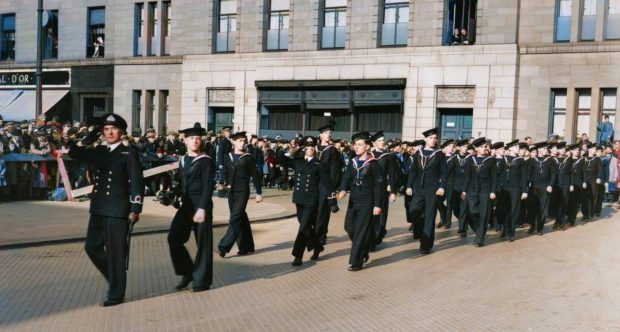
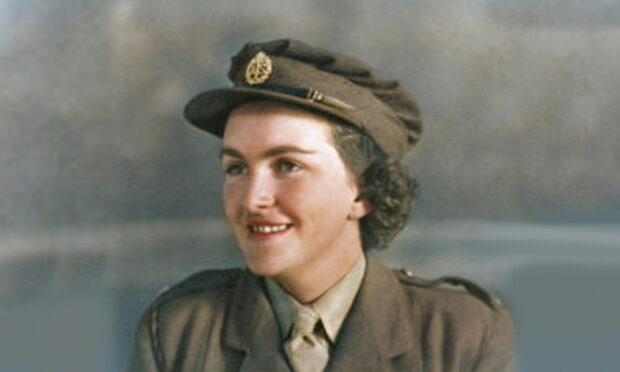
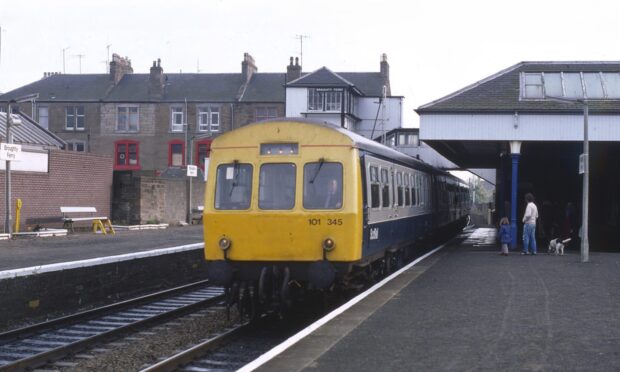
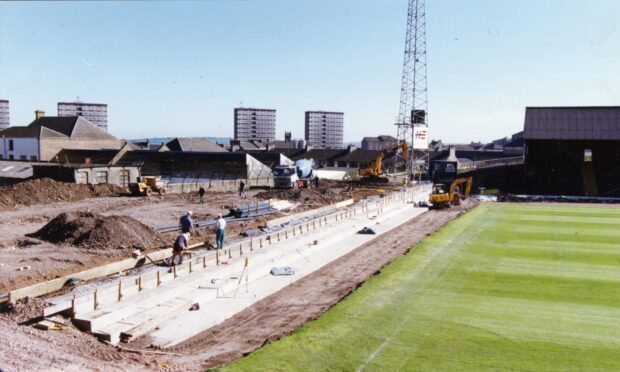
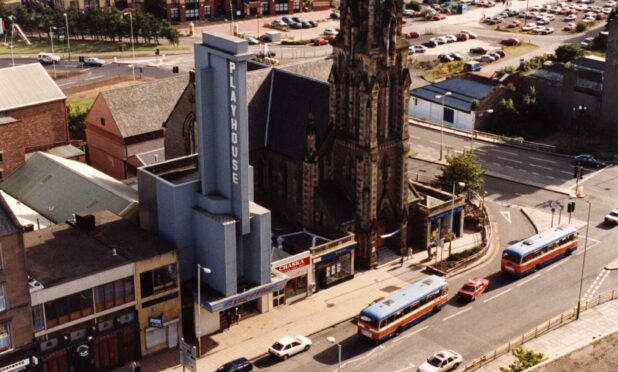
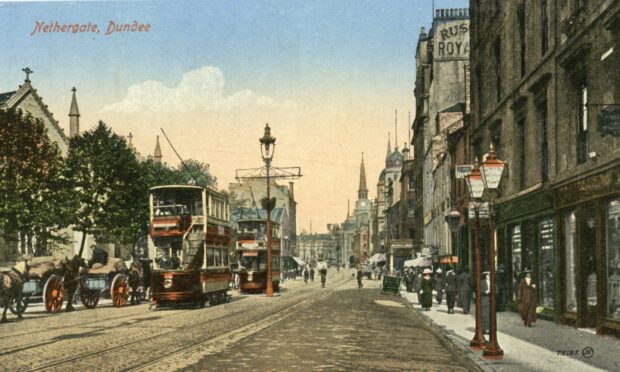
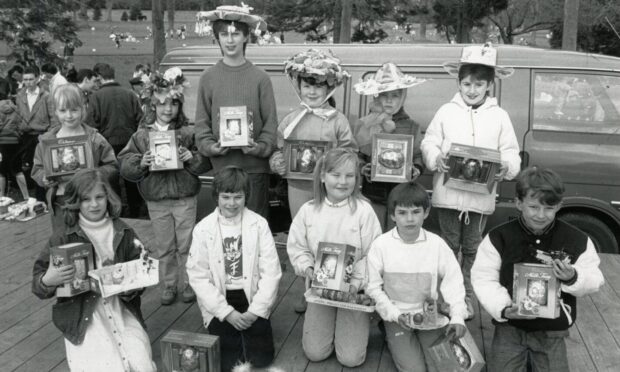
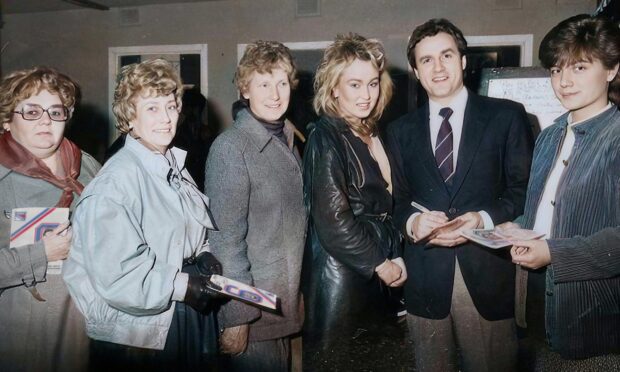
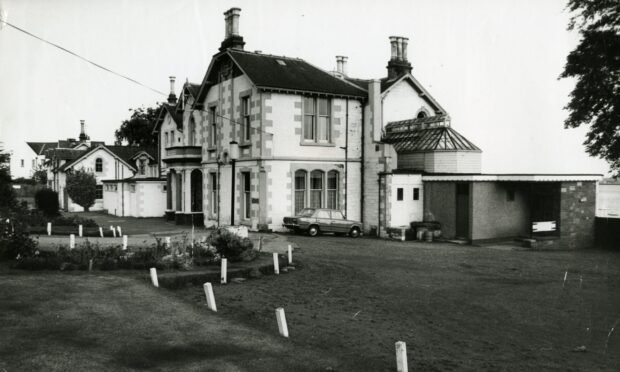
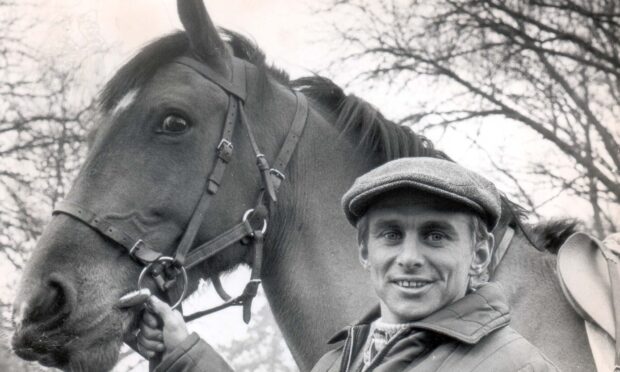
Conversation